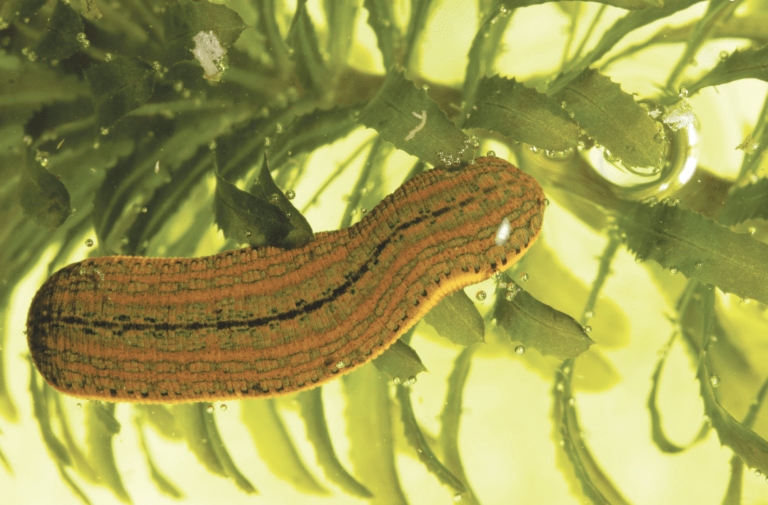
By Annali Kench
In 1946, when Philip Johnson first saw the original five acres of land off Ponus Ridge Rd where he would build his seminal Glass House, he picked out the setting on the hill “in the first five minutes,” according to his personal diary.
Johnson, a complex figure himself, clearly had no difficulty deciding on that peaceful, woody bluff in sleepy, western New Canaan.
Three years later, the Glass House — and its inseparable companion, the Brick House — were ready for Johnson, one of the ‘Harvard Five’ who put New Canaan architecture on the map, to use as his weekend retreat. And so they remained for 59 years, until in 2008, three years after Johnson’s death, water damage finally closed the Brick House to the public, severing fully half of the architectural story Johnson was trying to tell.
Now, 16 years later —happily coinciding with the 75th anniversary of the Glass House — the Brick House will finally reopen to the public on May 2, after a painstaking, $1.8 million restoration that promises to renew the connection between Johnson’s contrasting but codependent buildings, and give voice to their story.
As well as providing a counterpoint to his Glass House, Johnson also designed the Brick House to hide the inner mechanical workings necessary for both buildings, by linking them underground. Naturally it became the place where Johnson and his partner David Whitney would live their private lives, and indeed the structure played host to illustrious guests such as Phyllis Lambert and Andy Warhol. But for all its seemingly utilitarian purpose, the Brick House was adorned with opulent detail, from its Fortuny cotton wall panels to its black and white marble bathrooms, and even a specially-commissioned sculpture above the bed.
For this celebratory year, the Glass House will host a series of special events, featuring artists and exhibits, all hoping to further the conversation around the site’s meaning, legacy and impact, as well as its relation to LGBTQ heritage.
Kicking things off is the Paper Log House, a temporary installation of a shed-like enclosure made mostly of paper tubes by Shigeru Ban architects. The Pritzker Prize-winning team deploys this structure as a commentary on the fragility of shelter: it has been used for victims of disaster on five continents over 30 years, although this showing marks the first time it has been displayed in North America in six years.
Tour season has begun at Johnson’s 49-acre estate, now a site of the National Trust for Historic Preservation. Some 13,000 visitors are expected between April 15 – December 15, and it is strongly encouraged to book tickets in advance online.
In a release Kirsten Reoch, executive director, said that “launching this major restoration now…is a testament to our commitment as stewards of this National Trust Historic Site and we look forward to using the Brick House as a catalyst for more projects ahead.”



